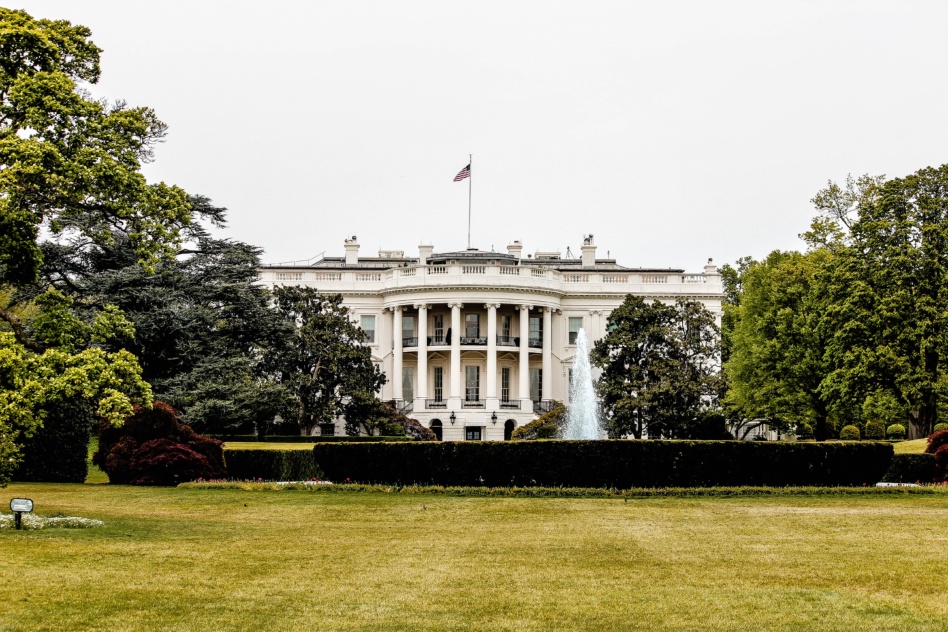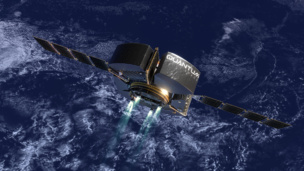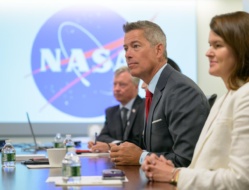After months of delays in Congress, POTUS has signed the FY22 Consolidated Appropriations Act, which funds the federal government through the end of September. The bill introduces some changes into funding levels for NASA, NOAA, and USSF for the next year (ahem…six months).
Here’s our rundown of those changes.
NASA
The agency is slated to receive $24B in federal funding, a 3.3% YoY increase but still $760M short of the amount requested. A few major updates:
- A 4% increase, or additional $313.4M over FY21, for the Science Mission Directorate. This is $317M less than the Biden administration’s request.
- A $420M increase over FY21 for the planetary science budget, bolstered by funding for the planned Mars Sample Return mission.
- Full congressional support for the Human Landing System (HLS) mission.
- Space Technology is being funded at 2021 levels, despite the agency’s request for a $325M increase. The $1.1B includes $110M for nuclear thermal propulsion, which was not part of the agency’s initial request.
NOAA
The National Oceanic and Atmospheric Administration received $5.88B in discretionary appropriations, a $447M increase from FY21 but still $1.1B less than requested. Included in the appropriations:
- $200M for climate research, an $18M increase over FY21. This includes a $10M increase to provide actionable climate change data.
- $1.17B for operating expenses, which includes an additional $70M to procure weather satellites.
- Cut funding for a line of geostationary weather satellites. The NOAA had requested $490M for the project, but only received $150M under the appropriations bill.
The Space Force
USSF is being funded at a higher level than the Biden administration requested. Legislators added $1.3B in funding for projects through the USSF and Space Development Agency (SDA). Some of the biggest changes:
- An added $550M for a missile-tracking satellite demonstration through the SDA. SDA is planning a sprawling network of defense satellites, and a group of 28 missile-tracking satellites are being developed as part of the Tracking Layer.
- $18B total for USSF operations and acquisitions accounts, a 17% increase over FY21, to encourage the still-new branch’s development.
- An increase of $70M for small launch services.
The upshot: We wrote in January that USSF procurement was on pause, stuck at FY21 levels, until this bill passed. The $768B in DoD funding that has been held up since the NDAA passed in December is now being freed up. As for NASA and NOAA, funding requests fell a bit flat, and a few programs will be feeling the crunch over the rest of the fiscal year.




